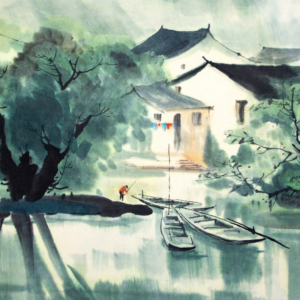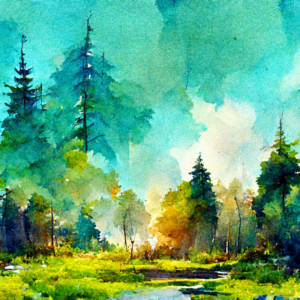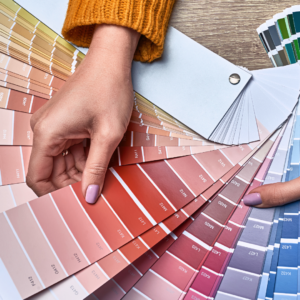The principles of art are the guidelines that artists follow when creating their work. While there are many different types of art, each one shares these principles in some way or form. This article will go over what they are, how you can classify them, and why knowing them is important to all artists.
Balance
The principle of balance is all about creating a sense of stability and order in your artwork. You can achieve this by using the elements of design in an evenly balanced way. This doesn’t mean that your artwork has to be symmetrical, but it should have a visual weight that feels evenly distributed.
When you’re considering the balance in your artwork, think about how the different elements are arranged and how they relate to each other. You can create a sense of balance by placing heavier elements on one side and lighter elements on the other, or by using contrasting colors to add visual interest.
No matter what approach you take, keep in mind that the goal is to create a composition that feels stable and cohesive. Overdoing it with any one element will throw off the balance and make your artwork feel chaotic.
Rhythm
In music, rhythm is the pattern of sounds and silences that repeats over time. It’s the beat of a song. The term can also refer to the way a poem or piece of prose is written. This is with a regular rhythm of stressed and unstressed syllables.
In visual arts, rhythm is the repetition or alternation of elements. It is often with regularity and predictability.
Pattern
In art, a pattern is an element of design that is repeated, often with variations. You can create patterns using a variety of media, including color, line, shape, texture, and space. You can use patterns to create visual interest, balance, and contrast in a design. You can also use them to convey a sense of movement or rhythm. In some cases, patterns can be used for symbolic or metaphorical effects.
When using patterns in your designs, it is important to consider the overall effect you are hoping to achieve. Too much repetition can make a design feel busy or overwhelming, while too little can make it feel bland or unfinished. The right balance of patterns will give your design visual interest and appeal.
Emphasis
When we talk about the emphasis in art, we’re referring to the deliberate use of certain elements to draw attention to a particular area or aspect of a piece. This could be done through the use of color, light and shadow, line, texture, pattern, scale, and/or space.
Often, the principle of emphasis will be used to highlight the focal point of a piece. That is the part of the composition that is most important or that the artist wants you to look at first. But, it’s also possible for there to be many points of emphasis within a single work. Whether there’s one focal point or several, the goal is always the same. It is to create a piece that is visually interesting and engaging, and that communicates the artist’s intended message.
Contrast
Contrast is the juxtaposition of two or more elements that are different from one another. The purpose of contrast in art is to create visual interest and drama. Contrast can be created through the use of color, line, value, texture, and form.
Unity
Unity is one of the most important principles of art. It is the feeling of oneness that an artist conveys in their work. This can be achieved through the use of color, line, shape, and space. When these elements are used harmoniously, they create a sense of unity in the work.
Creating a sense of unity in your work is important because it helps to engage the viewer. When all the elements in a piece come together to create a cohesive whole, it is more visually appealing and easier for the viewer to understand. It also makes the artwork more memorable.
There are several ways to achieve unity in your artwork. One way is to use similar colors throughout the piece. This creates a sense of harmony and makes the eye move smoothly from one area to another. Another way to achieve unity is through the use of repeated shapes or lines. This gives the piece a sense of rhythm and makes it feel more unified. The last way to create unity in your artwork is through negative space. Negative space is the space around and between objects. By using negative space effectively, you can create a sense of harmony and balance in your composition.
When you are planning your composition, keep unity in mind. Think about how you can use color, line, shape, and space to create a cohesive whole.
Movement
In art, movement is the path of a moving object or the apparent path of an object in motion. It can also refer to the way the eye is drawn through a work of art, or to how a work of art seems to change over time.
There are many ways you can create movement. These include the use of line, shape, color, and texture. In general, artists seek to create movement in their work by using contrast and rhythm.





